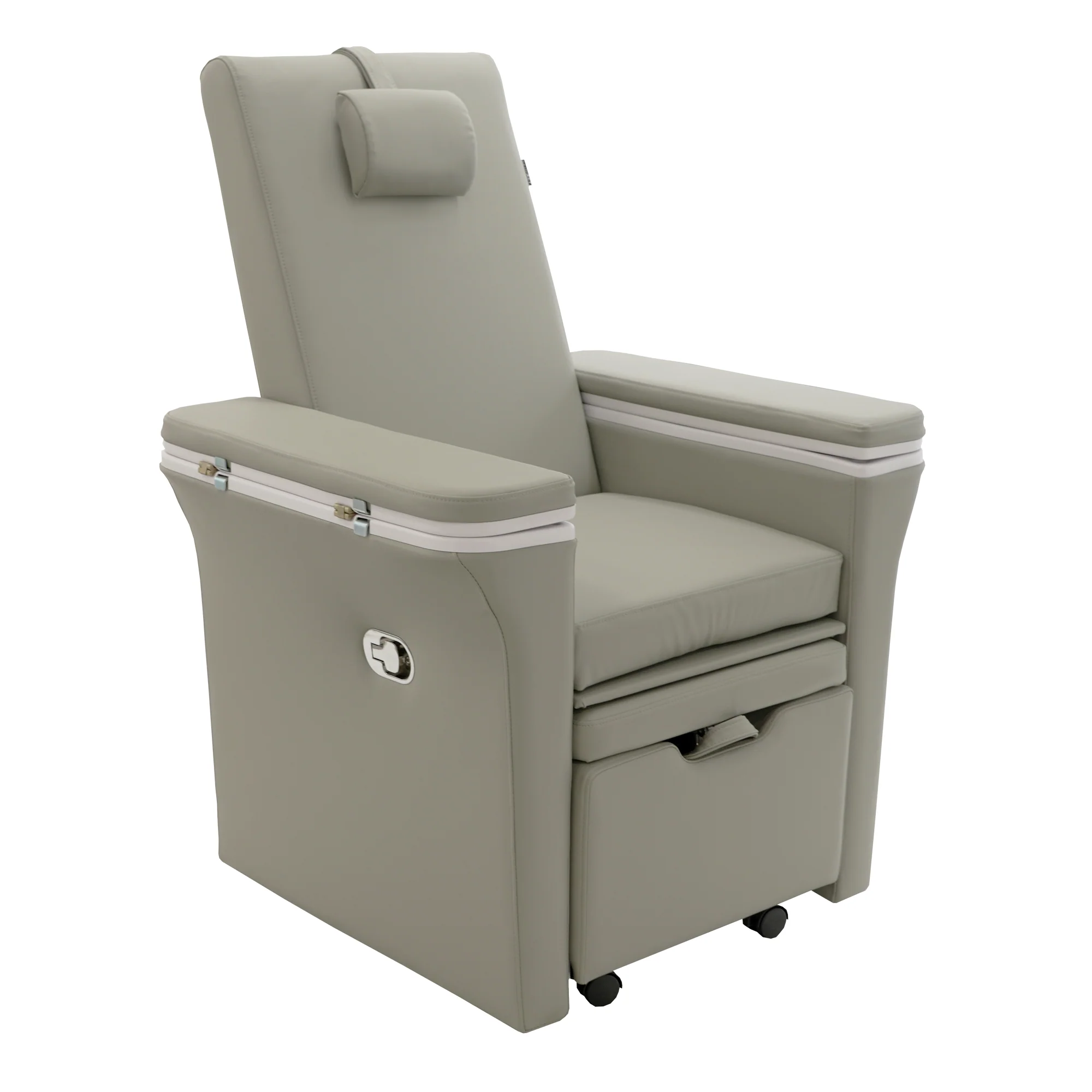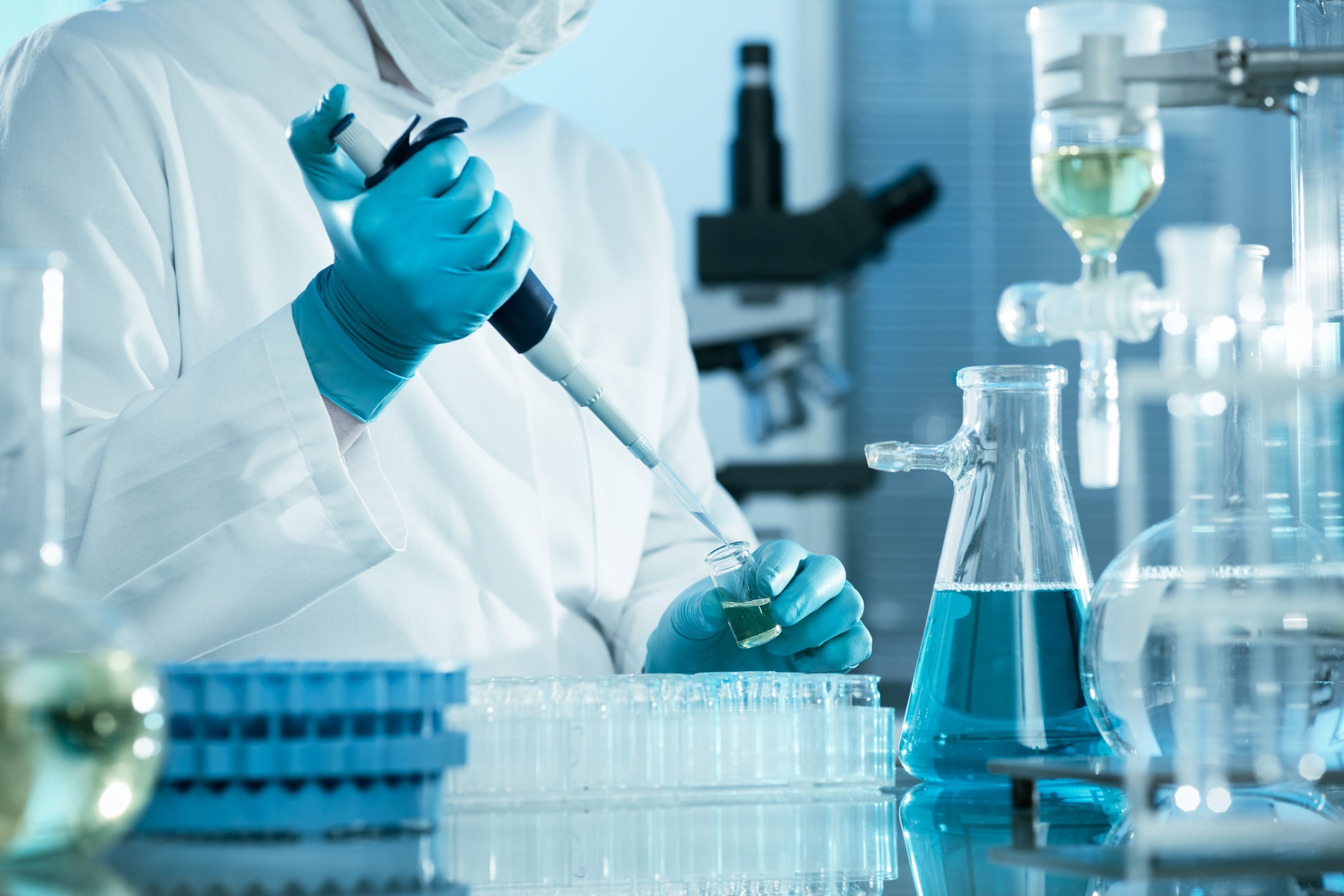Introduction
When it comes to innovative approaches in sports science and medical research, few compounds have generated as much interest as bpc157. This peptide has become a popular subject in the UK for its potential role in tissue repair, recovery from injuries, and support for overall healing processes. While not approved for medical use in humans, researchers are investigating BPC-157 for its unique ability to influence cellular repair and regeneration. For athletes, biohackers, and scientists alike, this peptide represents a promising avenue for future discoveries.
What is BPC-157?
BPC-157 is a synthetic peptide derived from a naturally occurring protein found in gastric juices. Its full name is Body Protection Compound-157, and it has been studied for its regenerative and protective properties. In research settings, BPC-157 has shown potential in supporting muscle healing, tendon repair, and even gastrointestinal protection.
Why Researchers Are Interested
Researchers in the UK and worldwide are drawn to BPC-157 because of its wide-ranging effects across different types of tissues. Unlike many compounds that target one system, BPC-157 appears to influence multiple pathways of recovery, making it particularly appealing for injury repair research.
BPC-157 and Injury Repair
One of the most talked-about areas of study for BPC-157 is its impact on injury recovery. Studies have suggested that it may accelerate the healing of muscles, ligaments, and tendons, which are often slow to regenerate after damage.
Muscle Healing
Research on BPC-157 highlights its potential role in muscle repair. Injuries such as strains or tears typically take weeks or months to heal, but BPC-157 has been linked to improved blood vessel formation and collagen production, both of which are essential for faster recovery.
Tendon and Ligament Support
Tendons and ligaments are notoriously slow to heal due to their limited blood supply. However, BPC-157 has been studied for its ability to enhance angiogenesis — the formation of new blood vessels — in these tissues. This could mean quicker recovery and reduced risk of re-injury.
BPC-157 in Recovery Research
Recovery isn’t only about physical injuries; it also involves internal systems that keep the body functioning. Researchers have explored the potential of BPC-157 for gastrointestinal health, neural protection, and overall resilience to stress.
Gastrointestinal Protection
Since BPC-157 originates from a protein in gastric juices, it’s no surprise that studies often focus on gut health. Research indicates that BPC-157 may help protect the stomach lining and support recovery from ulcers or inflammatory conditions, making it a fascinating compound for gastrointestinal studies.
Neural Repair
Another intriguing area of research is how BPC-157 might influence the nervous system. Some studies suggest that it could play a role in neural recovery and protection, which could have implications for brain injuries or degenerative conditions.
BPC-157 in the UK Research Landscape
In the UK, interest in peptides such as BPC-157 is growing, particularly among sports scientists and biomedical researchers. While BPC-157 is not available for clinical use or as a licensed medication, it is legally sold for laboratory research. Universities and private labs continue to examine its potential in pre-clinical models, contributing to the global understanding of this peptide.
Sports and Athletic Recovery
Athletes often deal with chronic injuries, and the possibility of a compound like BPC-157 aiding in quicker repair is highly appealing. Research in the UK has considered its relevance for sports recovery, though more clinical trials are needed to verify its effectiveness and safety in human use.
Safety and Legal Status
It is important to note that BPC-157 is not an approved drug or supplement in the UK. Its sale is restricted to research purposes only, and it has not undergone the rigorous testing required for medical approval.
Current Limitations
While early studies on BPC-157 are promising, most research is still in pre-clinical stages. This means the peptide’s full safety profile, long-term effects, and optimal usage are not yet fully understood. Responsible use in a controlled research environment is therefore essential.
Future Directions for BPC-157 Research
The future of BPC-157 research in the UK and globally looks promising. With increased interest in regenerative medicine, peptides like BPC-157 could pave the way for breakthroughs in how we approach healing and recovery. Scientists are particularly interested in its potential for chronic injury management, post-surgical recovery, and neuroprotection.
Potential Clinical Applications
If future clinical trials confirm the benefits of BPC-157, it could one day be considered for medical use in treating injuries that currently have limited solutions. Conditions such as torn ligaments, muscle damage, or persistent gastrointestinal issues could benefit from its unique regenerative properties.
Conclusion
BPC-157 is at the forefront of exciting research in the UK, with its potential for injury repair and recovery drawing considerable attention. From supporting muscle and tendon healing to offering gastrointestinal and neural protection, this peptide represents a significant area of exploration in regenerative science. While it remains unapproved for medical use, its presence in laboratory studies continues to fuel curiosity and innovation. For researchers and sports scientists, BPC-157 provides a promising glimpse into the future of injury recovery and repair. As research progresses, the insights gained from studying BPC-157 could transform how we understand and support the body’s healing capabilities.



